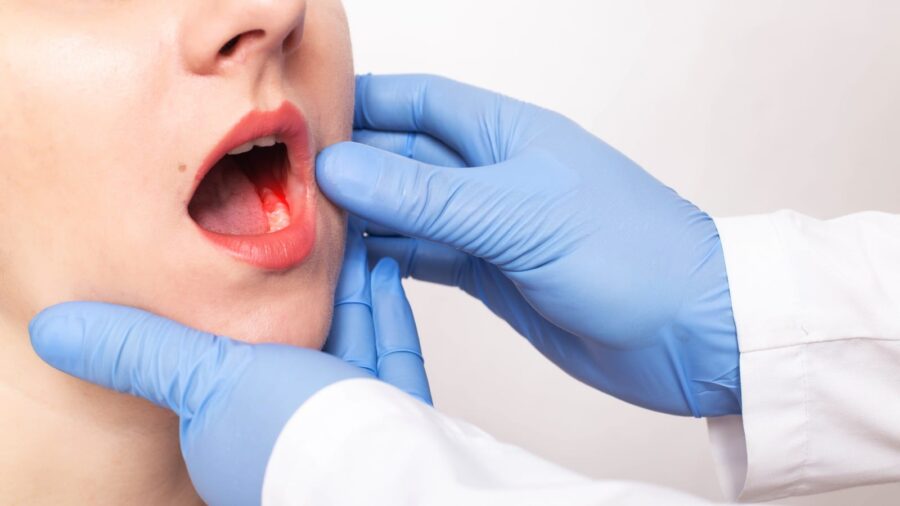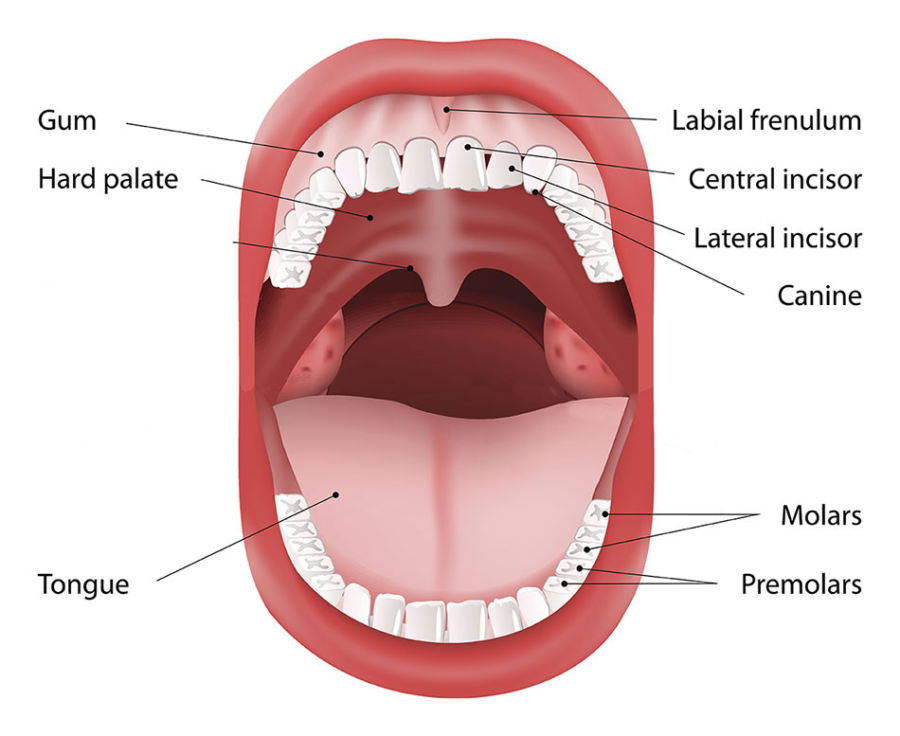Having oral cancer is serious. But, early detection and treatment have great chances for success. About 75% of all oral cancer patients who are diagnosed and treated before the disease spreads past the primary site live for at least five more years. Fortunately, there are some risk factors that can be controlled by changing our behaviour and habits. The best way to reduce your risk of getting oral cancer is to practice vigilant monitoring of your mouth on a regular basis. There are simple home tests you can perform several times a day to check for any suspicious lesions or changes in the tissues inside your mouth. These methods are safe, affordable, easy-to-learn and will help you monitor your risk of developing this deadly disease. Visit your oral surgeon now!
Check for unusual changes in your mouth
Asking your mouth to change is a tall order. It’s a moist, warm, dark place that’s crawling with bacteria and other microbes. The cells of your mouth are also highly susceptible to changes and damage. This is why oral cancer is sometimes called “the silently growing disease“. You should be particularly on the lookout for the following changes to your mouth:

- A lump or thickening in your mouth. This may indicate an infection or an abnormal growth of tissue, possibly a sign of oral cancer. Visit oral surgeon to be sure.
- Redness inside your mouth. This could be a sign of inflammation, infection or other abnormal conditions.
- White or yellow patches inside your mouth. These could be a sign of leukoplakia, a condition that increases your risk of developing oral cancer.
- Sores that don’t heal. If you have any sores inside your mouth, it’s a good idea to see a dentist or oral surgeon for evaluation and treatment.
Test your tongue for oral cancer!
Examining your tongue is a simple and quick way to detect changes in the tissues inside your mouth. If you notice any of the following changes to your tongue, you should see an oral surgeon.

You may also notice a thick, white coating on your tongue. This is normal and caused by bacteria that reside in the mouth.
Redness, swelling, or a change in texture of the tongue. These may be signs of an infectious condition.
A white or yellow patch or thickening of the tongue. This may be leukoplakia, a sign of oral cancer.
Bleeding or unusual changes in taste of the tongue. These may be signs of other problems, such as a vitamin deficiency.
Examine the roof of your mouth for oral cancer
The roof of your mouth, the soft tissue that covers your upper teeth, may occasionally change in appearance. After all, it is a warm, moist part of your body that is exposed to a lot of bacteria. If you notice any of the following changes, please consult your dentist.
Redness or increasing thickness of the roof of the mouth. These may be signs of an infection.
White patches of tissue on the roof of your mouth. it may be caused by leukoplakia.
Thick, crumbly, or soft patches on the roof of your mouth. These may be caused by a vitamin deficiency or injury to the soft tissues.
Examine the floor of your mouth | Oral Cancer test
If there are changes in the tissues of the floor of your mouth, you may not know it unless you lift the tissues to examine them. The tissues of your mouth may occasionally swell or appear thickened. They may also be red and crumbly.

Redness and thickening of the tissues of the floor of your mouth. These may be signs of an infection or trauma to the tissues. Bleeding or a thick, white appearance of the tissues of the floor of the mouth. These may be signs of injury to the tissues. A change in taste or smell of the tissues of the floor of your mouth. These may be signs of a vitamin deficiency or other disease.
Examine your lips | Oral Cancer test
The lips are another warm and moist part of your mouth. They are also exposed to bacteria and other infectious microorganisms. If you notice any of the following changes, you should see a dentist or physician. – Redness or thickening of the lips. This could be a sign of an infection or some other disease process. A white or yellow patch on the lips. it could indicate leukoplakia.
Crumbly or soft tissue on the lips. This could be caused by a vitamin deficiency or injury to the soft tissues. How to perform these oral cancer self-exams There are two ways you may perform these oral examinations. You can either do it during your daily routine (morning and evening) or you can do it once a week on a specific day. You can choose any day that works best for you, such as a weekend day or a day you take off from work. The important thing is to establish a regular routine of conducting these examinations and to make it part of your daily or weekly schedule.






